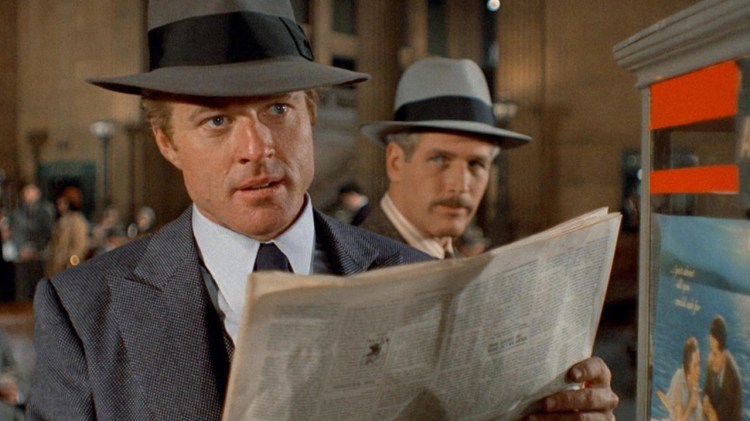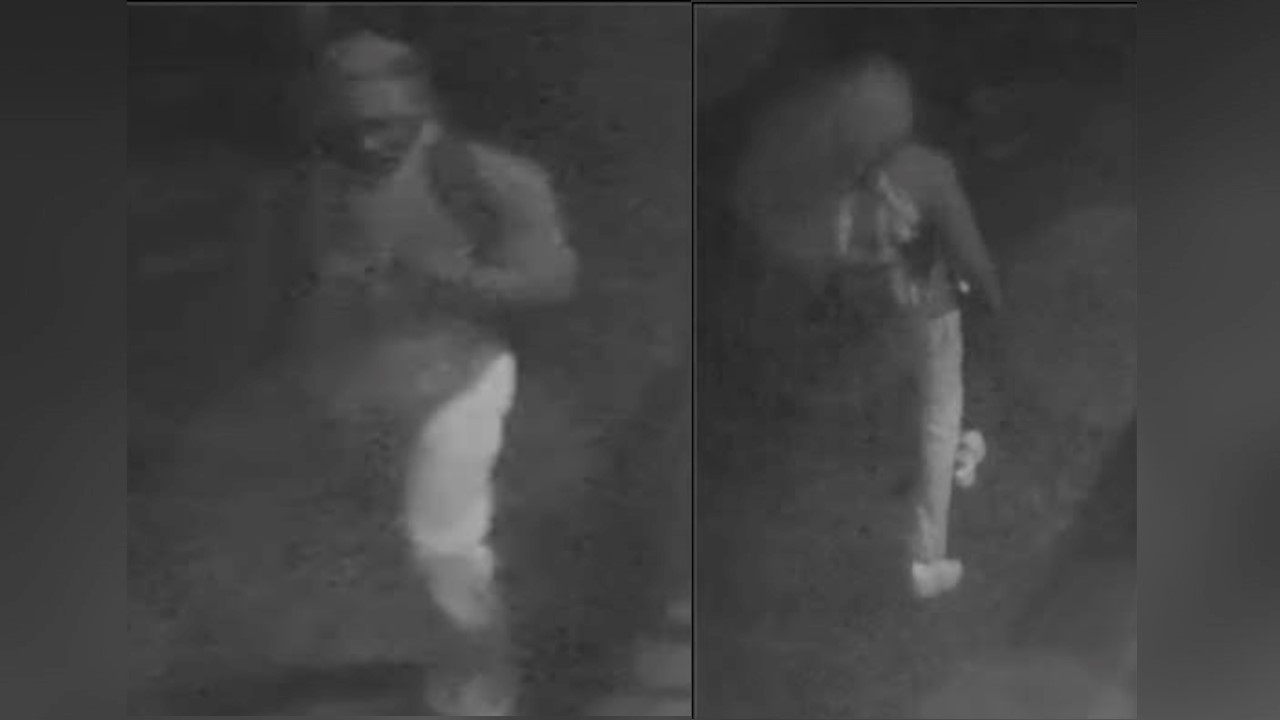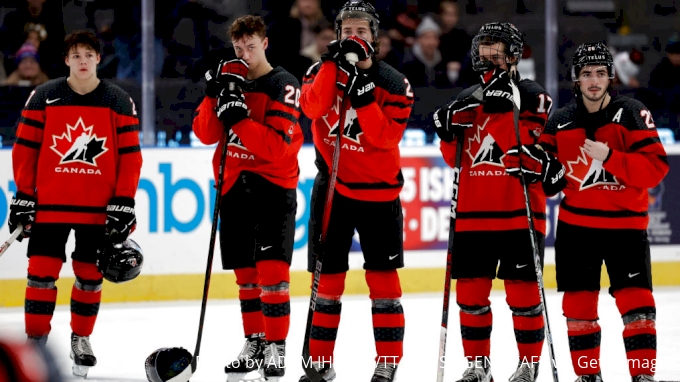Paul Newman and Robert Redford. It was one of Hollywood’s deepest and longest friendships that resulted in two of the best movies they ever made.
Released Christmas Day of 1973, “The Sting” was a massive critical and commercial success and hugely successful at the 46th Annual Academy Awards, where it was nominated for 10 Oscars and won seven, including Best Picture, Best Director, Film Editing and Writing.
I bring it back here now because Paul Newman and I attended the Cleveland Playhouse, albeit years apart, and Robert Redford and my wife were good friends and classmates at the American Academy of Dramatic Arts in New York. Consider it a requiem for old friends and old times.
Now, more than 50 years later, with Paul at rest and Redford still running the Sundance Institute, selling clothes and making films, this film is still hanging around, draped in awards.
The two starring parts Screenwriter David S. Ward and Director George Roy Hill had inked in were written for two scruffy, old Chicago gamblers, probably great character actors, but when Robert Redford heard about it, he wanted in.
Hill and Ward rewrote everything for Newman and Redford, the “Butch Cassidy and the Sundance Kid” of the 1969 hit, and the two friends signed on. “The Sting” became a big colorful gambling melodrama two hours long with a list of great characters, and became history.
A “Big Con” is designed by the “blonde boys,” one a young hustler out for revenge, the other an aging cynic who now runs a merry-go-round that fronts a brothel on the Santa Monica Pier (with a pasted-in Chicago street in the background).
The first “con hustle” begins on the grand old 20th Century Limited train headed for Chicago where Doyle Lonnegan (Robert Shaw) sits in on a high stakes poker game with a stoked-to-the-gills Chicagoan (Newman). It’s a once-in-a-lifetime cinematic game designed to show that the fake drunken “bookie” is slowly stacking up the chips against Lonnegan, who sits with eyes aflame as he is humiliated by a drunken bookie who just took his $25,000.
It’s a classic con, but the “long con” is coming, a beautiful, elaborate hustle where the “blonde boys” hire 50 “friends” to convert a back alley warehouse into a posh saloon and gambling spot where they set up a …
No. I can’t give the ending away. If you haven’t seen this 50-year-old “Butch Cassidy and Sundance Kid” in pinstripe suits and soft fedoras, you’re gonna be surprised and delighted just as your family was 50 years ago. Imagine.
Film history tells us that the story was reset in Chicago in 1936, when that town was rocking in crime, but Hill shot most of it at Universal Studios in Hollywood.
For me, it’s a requiem for three actors.
“The Sting” is now streaming on Hulu.
J.P. Devine of Waterville is a former stage and screen actor.
Related Stories













